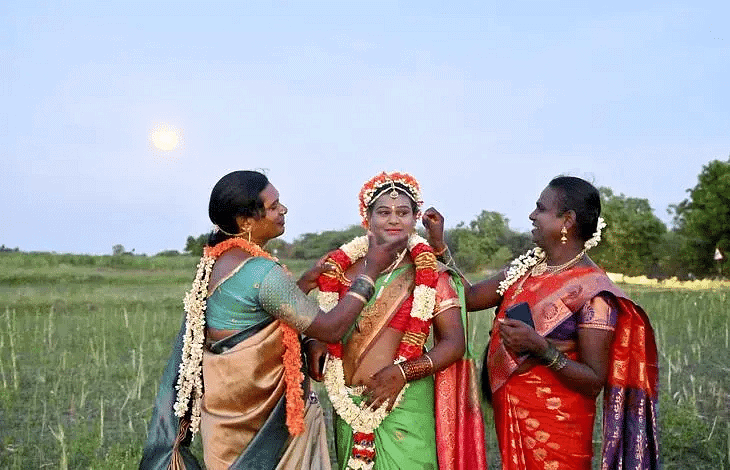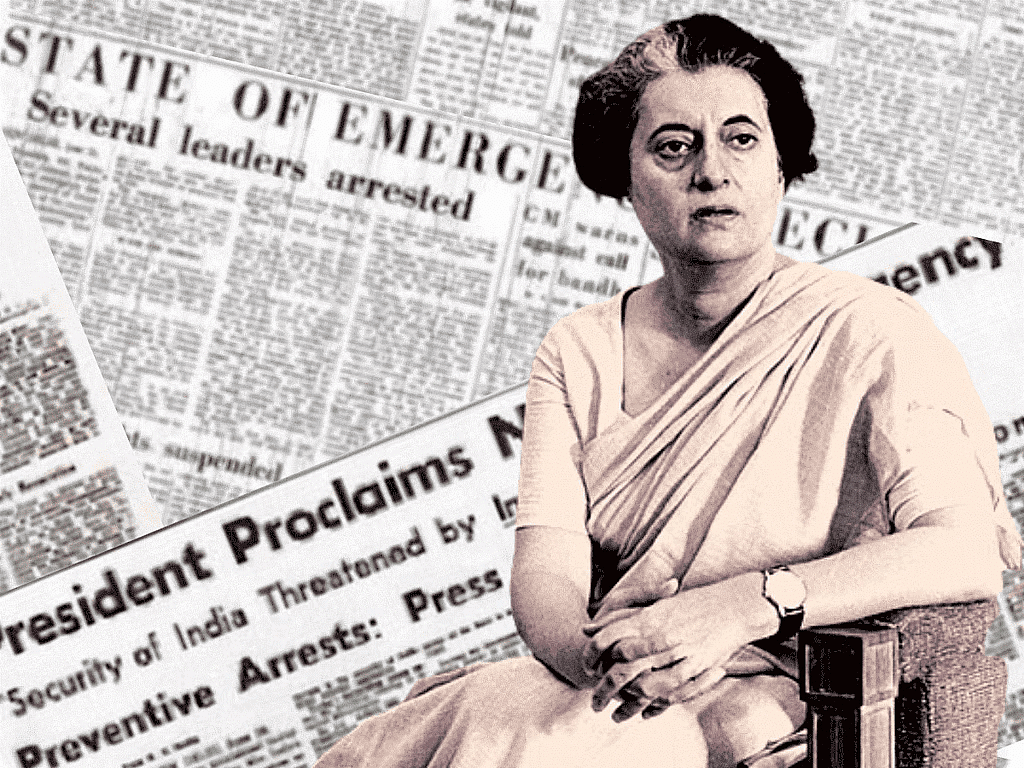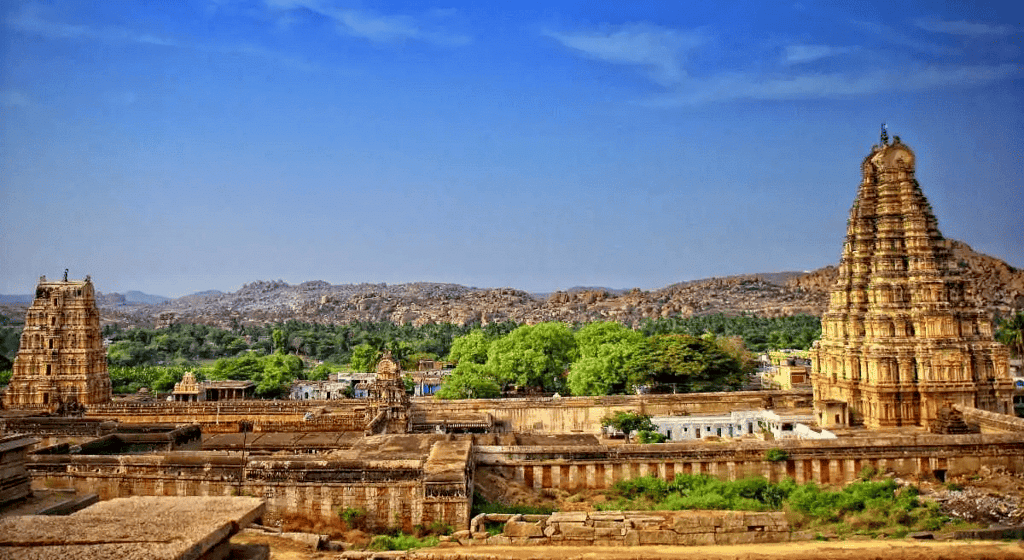History, Art & Culture: June 2024 Current Affairs | General Test Preparation for CUET UG - CUET Commerce PDF Download
What is Patachitra Painting?
Why in news?
Patachitra, or Pattachitra, is a general term for traditional, cloth-based scroll painting based in the eastern Indian states of Odisha and West Bengal.
- It is believed to have originated as early as the 12th century.
- In the Sanskrit language, "Patta" literally means "cloth" and "Chitra" means "picture".
- It is known for its intricate details as well as the mythological narratives and folktales inscribed in it.
- Most of these paintings depict stories of Hindu deities.
- Pattachitra is one of the ancient artworks of Odisha, originally created for ritual use and souvenirs for pilgrims to Puri, as well as other temples in Odisha.
- Patachitras are a component of ancient Bengali narrative art, originally serving as a visual device during the performance of a song.
Making:
- Pattachitra paintings are made on a special canvas where cotton sarees layered with tamarind paste and then coated with clay powder.
- Traditionally, cotton canvas was used; now, both cotton and silk canvas are used for paintings.
- Once the canvas becomes sturdy, colours are filled in directly without any initial sketches. It is a tradition to complete the borders of the painting.
- All colours obtained from natural sources like lamp soot and powdered conch shells.
- Each painting can take up to weeks or months to be prepared.
Koothandavar Festival
Why in news?
Koothandavar festival at Koovagam in Tamil Nadu plays out a tale of marriage and widowhood, all in a day.

Overview:
Koothandavar festival at Koovagam in Tamil Nadu plays out a tale of marriage and widowhood, all in a day.
About Koothandavar festival
- In the Tamil month of Chithirai (mid-April to mid-May), the 18-day Koothandavar festival takes place in Koovagam of Tamil Nadu.
- It is the annual event, steeped in tradition, garners global attention for its unique celebration of the transgender identity.
History
- In a Tamil version of the Mahabharata, a character called Aravan offered himself as sacrifice for the Pandavas' triumph in war.
- It is said he had a boon of marriage before his sacrifice but no woman wanted to marry him as it would mean widowhood.
- Eventually, it is said Lord Krishna married Aravan after taking the form of Mohini. Lore has it that Lord Krishna grieved for Aravan as a widow.
Rituals
- The focal point of the festival, Lord Aravan's sacrificical ritual.
- On the 17th day of the ceremony, transwomen from far and wide congregate to wed.
- The next day, as the culmination of the festival, Aravan would be sacrificed in the war.
- Marking his death, the trans woman who married him go through the rituals of widowhood, lamenting Aravan's death.
Sahitya Akademi Fellowship to Ruskin Bond
Why in news?
The distinguished Indian writer has been honored with the Sahitya Akademi Fellowship, which stands as the premier literary recognition granted by the Sahitya Akademi.

What are Ruskin Bond's Contributions to Literature?
Born on May 19, 1934, in Kasauli, Himachal Pradesh, Bond boasts a prolific writing career extending over five decades. He has engaged in diverse literary forms encompassing short stories, novels, non-fiction, romance, and children's literature.
Notable Works:
- Vagrants in the Valley
- Once Upon a Monsoon Time
- Angry River
- Strangers in the Night
- All Roads Lead to Ganga
- Tales of Fosterganj
- Leopard on the Mountain
- Too Much Trouble
The 1978 Hindi film Junoon was adapted from his historical novel A Flight of Pigeons, which unfolded against the backdrop of the Indian Rebellion of 1857.
Honours Received:
- Padma Shri (1999)
- Padma Bhushan (2019)
- Sahitya Akademi Bal Sahitya Puraskar (2012)
- Sahitya Akademi Award (1992)
In 2021, Bond was named as a recipient of the Sahitya Akademi's highest accolade.
Emergency in India (1975-1977)
Why in news?The Prime Minister Shri Narendra Modi, praised the Honourable Lok Sabha Speaker for strongly denouncing the emergency and the subsequent excesses committed.
Background and Declaration
- Period: The Emergency in India spanned a 21-month period from 1975 to 1977.
- Prime Minister: The state of emergency was declared by Prime Minister Indira Gandhi.
- Reason for Declaration: The Emergency was declared citing internal and external threats to the country, which were perceived as severe enough to warrant extraordinary measures.
Official Proclamation
- Issued by: The official proclamation of the Emergency was made by President Fakhruddin Ali Ahmed.
- Legal Basis: The declaration was made under Article 352 of the Indian Constitution.
- Official Reason: The reason provided for the Emergency was the prevailing "internal disturbance."
- Duration: The Emergency was in effect from 25 June 1975 to 21 March 1977.
Powers and Actions
- Prime Minister's Authority:
- Rule by Decree: The Emergency granted the prime minister the authority to rule by decree.
- Cancel Elections: It allowed for the cancellation of elections.
- Suspend Civil Liberties: It also permitted the suspension of civil liberties across the country.
- Political Opponents:
- Imprisonment: Most of Indira Gandhi's political opponents were imprisoned during this period.
- Detentions: Preventive detentions were carried out under the Maintenance of Internal Security Act (MISA).
- Press Censorship: The press was censored to prevent any opposition or criticism of the government.
- Population Control Campaign
- Mass Vasectomy Campaign: A controversial mass campaign for vasectomy was spearheaded by Sanjay Gandhi, Indira Gandhi's son, aiming at population control but criticized for its coercive methods.
Decision-Making and Rationale
- Proposer: The final decision to impose the Emergency was proposed by Prime Minister Indira Gandhi.
- Agreement: The proposal was agreed upon by President Fakhruddin Ali Ahmed.
- Ratification: The decision was ratified by the Cabinet and the Parliament from July to August 1975.
Impact and Legacy
- Civil Liberties: The suspension of civil liberties led to widespread human rights violations.
- Political Landscape: The period of the Emergency had a lasting impact on India's political landscape, increasing awareness and vigilance against the misuse of constitutional provisions.
- Judiciary and Media: The role of the judiciary and media came under scrutiny, emphasizing the importance of their independence in a democratic setup.
- Public Perception: The Emergency remains one of the most controversial periods in Indian history, evoking strong reactions about the balance between authority and freedom in a democracy.

Deda Method of Muria Tribe
Why in news?
Internally displaced tribal families in the Godavari Valley persist in employing the ancestral ‘deda’ method to conserve seeds of pulses and food crops, inherited from their ancestors in Chhattisgarh.
Storage of seeds:
- The seeds are stored within leaves and tightly packed to resemble boulders when viewed from a distance.
- These packaged seeds are then encased in Siali leaf (Bauhinia vahlii), locally referred to as ‘addakulu’, to create the deda.
Three-Layer Seed Preservation:
- Each deda consists of three layers. Initially, wood ash is scattered within the Siali leaves.
- Then, lemon leaves are used to encase the ash, forming a protective layer. Finally, the seeds are stored inside this casing and sealed.
- Each deda is designed to accommodate a minimum of 5kg of seeds.
Advantages of Deda Method:
- The Deda method ensures that seeds are shielded from pests and worms, allowing them to be viable for cultivation for up to five years.
- This technique is particularly effective for preserving pulses such as green gram, red gram, black gram, and beans.
About Muria Tribes
Geographical Location:
- Telangana, Andhra Pradesh, Chhattisgarh, and Odisha.
- They communicate in Koya, a Dravidian language.
Settlements:
- Muria settlements are recognized as homes to Internally Displaced People (IDPs), numbering approximately 6,600 in Andhra Pradesh.
- They are commonly referred to as ‘Gutti Koyas’ by the indigenous tribes.
- Gutti Koyas were granted Scheduled Tribes Status in Chhattisgarh, But Not in Telangana.
Muria Farming Practices
The Muria tribes engage in subsistence farming.
Small-Scale Mixed Crop Farming:
- The Murias typically cultivate mixed crops on small-scale plots measuring below half an acre.
- Maize and pulses are their primary crops, with minimal reliance on paddy. Paddy cultivation employs the direct-sowing method.
Hampi’s Virupaksha Temple
Why in news?
A portion of the Virupaksha temple in Karnataka collapsed following torrential rains recently.
Overview:
A portion of the Virupaksha temple in Karnataka collapsed following torrential rains recently.
About Virupaksha Temple:
- It is a Hindu temple dedicated to Lord Virupaksha, a form of Lord Shiva
- Location: It is located in Hampi, in the Vijayanagara district and is part of the Group of Monuments at Hampi
- History: Functioning since the 7th century AD, it is one of India's oldest functioning temples
- Architecture: Built in South Indian style, the temple includes various features like sanctum sanctorum, pillared halls, grand gopurams, and smaller shrines
Significance of Virupaksha Temple:
- Vijayanagara Kings: The temple was expanded during the reign of the Vijayanagara kings
- Other Dynasties: Additions were made by Chalukyan and Hoysala eras
Architectural Features:
- Gopurams: The temple has three gopurams, with the eastern gopuram being the largest
- Physics Principles: Builders utilized physics principles like Rectilinear Light Theory and pinhole camera effect
- Mathematical Concepts: Various mathematical concepts were used in construction, including fractals, geometry, and the Fibonacci sequence
UNESCO World Heritage Site:
- Definition: A World Heritage Site is a landmark with legal protection by an international convention administered by UNESCO
- Establishment: The UNESCO World Heritage Convention was established in 1972
- Criteria: Sites are designated by UNESCO for their cultural, historical, scientific, or other forms of significance

Neolithic Discoveries in Mauxi Village
Recently, Mauxi Village in Sattari Taluka of Goa: Neolithic Discoveries
Why in news?
Mauxi village in Sattari taluka of Goa has recently become a focal point for neolithic discoveries, unveiling ancient rock carvings on the Zarme riverbed. The Archaeological Survey of India (ASI) has authenticated these carvings as belonging to the Neolithic era. These carvings, discovered by local residents two decades ago, offer insights into the early inhabitants of the region.
Key Findings about the Rock Carvings
- The carvings depict animals such as zebras, bulls, and antelopes, along with footprints and cupules. Circular cavities on the rock surface suggest the community's involvement in discovering historical artifacts.
- Around 20 rock carvings with bruising techniques and contemporary tools were recovered from the riverbed, affirming the historical significance of the site.
- Notably, a rock with cupules outside the Puravati Temple initially thought to represent a star constellation with 27 cupules was later found to have 31 cupules, sparking curiosity about their meaning.
Significance of the Findings
- ASI confirms the Neolithic origins of the site, marking a crucial phase in history when cattle domestication commenced.
- A trident carving symbolizing the Iron Age underscores the enduring importance of the site through various historical periods.
- The presence of the Dhawad community, early settlers and skilled ironsmiths, adds depth to the historical narrative, despite later displacement by new inhabitants.
Prehistoric Rock Paintings of India
- Upper Paleolithic Period: In this era, early paintings depicted simple drawings of animals like bison, elephants, and tigers, alongside basic human figures. Locations such as Bhimbetka and Jwalapuram featured prominently.
- Mesolithic Period: Witnessing an abundance of rock paintings, this period showcased scenes of group hunting and communal dances, with realistic animal portrayals and stylized human figures. Notable sites include Pachmarhi and Adamgarh Hills.
- Neolithic-Chalcolithic Period: This period introduced pottery and metal tools in rock art, characterized by vibrant colors like white and red, possibly derived from haematite and limestone. Human figures appeared adventurous while animals were depicted as youthful and majestic. Key locations encompass the Chambal region and Daimabad.
Stone Age
- Paleolithic Age: Spanning from around 2.6 million years ago to 10,000 BCE, this period marked the earliest use of stone tools by hominids like Homo habilis. Humans lived as hunter-gatherers, relying on stone tools for tasks like hunting and food processing.
- Mesolithic Age: Occurring roughly between 10,000 BCE and 5,000 BCE, this age saw advancements in tools and adaptations to changing environments, including the domestication of certain plants and animals.
- Neolithic Age: Beginning approximately 12,000 years ago and ending at various times globally, this period witnessed the widespread adoption of agriculture and animal domestication, leading to settled communities and the development of pottery, weaving, and complex social structures.
|
164 videos|800 docs|1160 tests
|
















